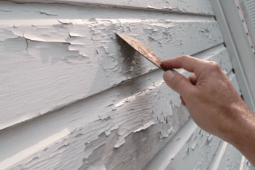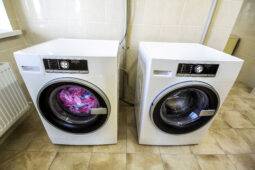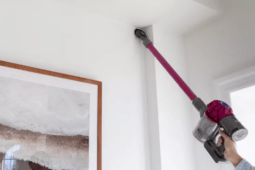How to Tell If Your Fridge Is Set to the Wrong Temperature
Your fridge plays a crucial role in keeping food fresh and safe to eat, but if it’s set to the wrong temperature, you could be wasting money and risking foodborne illness. Many people don’t realize that even small fluctuations in fridge temperature can have a big impact on food quality and safety.
Ensuring your fridge is at the right setting prevents food spoilage, improves energy efficiency, and extends the lifespan of your appliance. Here’s how to tell if your fridge is set incorrectly and what you can do to fix it.
1. Food Spoils Faster Than Expected
One of the most obvious signs that your fridge is too warm is if food starts to go bad before its expiration date. Dairy products like milk and yogurt may develop a sour smell or curdle, while fresh produce wilts or becomes slimy quickly. If you notice these issues, it’s time to check your fridge’s internal temperature.
A properly set fridge should maintain a temperature between 35°F and 38°F (1.7°C to 3.3°C). If your fridge is consistently above this range, adjust the settings and use a thermometer to monitor changes over a few hours.

2. Ice Crystals Forming on Food
If you find ice crystals forming on fresh food in the fridge (not the freezer), it’s a sign that the temperature is too low. This often happens when the temperature drops below 32°F (0°C), causing moisture in food to freeze and alter its texture.
Check the fridge settings and raise the temperature slightly if needed. Also, avoid placing food too close to the cooling vents, as these areas tend to be colder than the rest of the fridge.
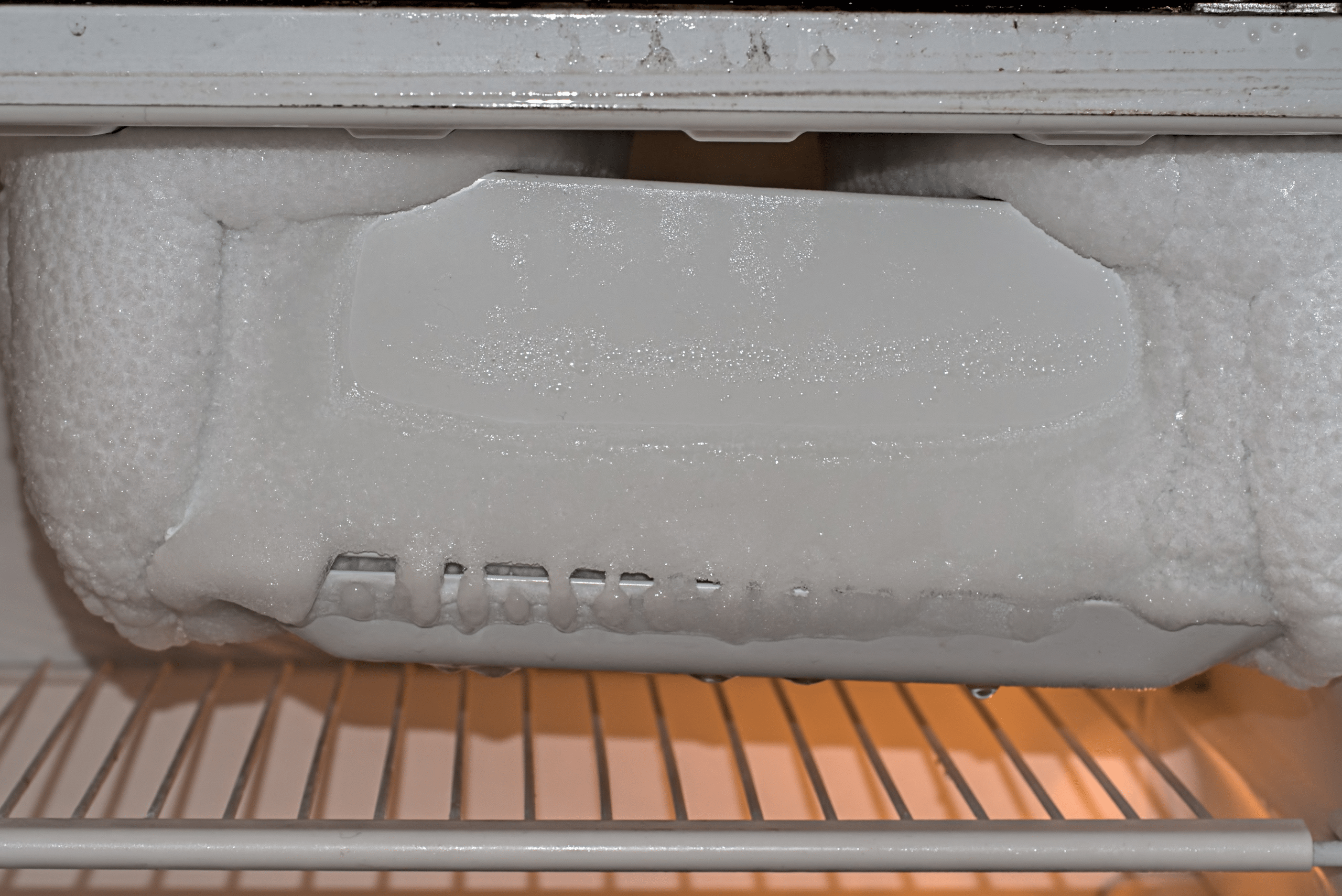
3. Your Fridge Feels Too Warm or Too Cold
An easy way to test if your fridge is set incorrectly is to place a thermometer in different sections of the fridge. If you notice significant temperature differences or readings outside the ideal 35°F to 38°F range, your fridge may need an adjustment.
Keep in mind that overloading your fridge can block air circulation and cause uneven cooling. Conversely, an empty fridge struggles to maintain temperature stability. Try organizing your fridge to allow for proper airflow, and consider using a thermometer for regular checks.
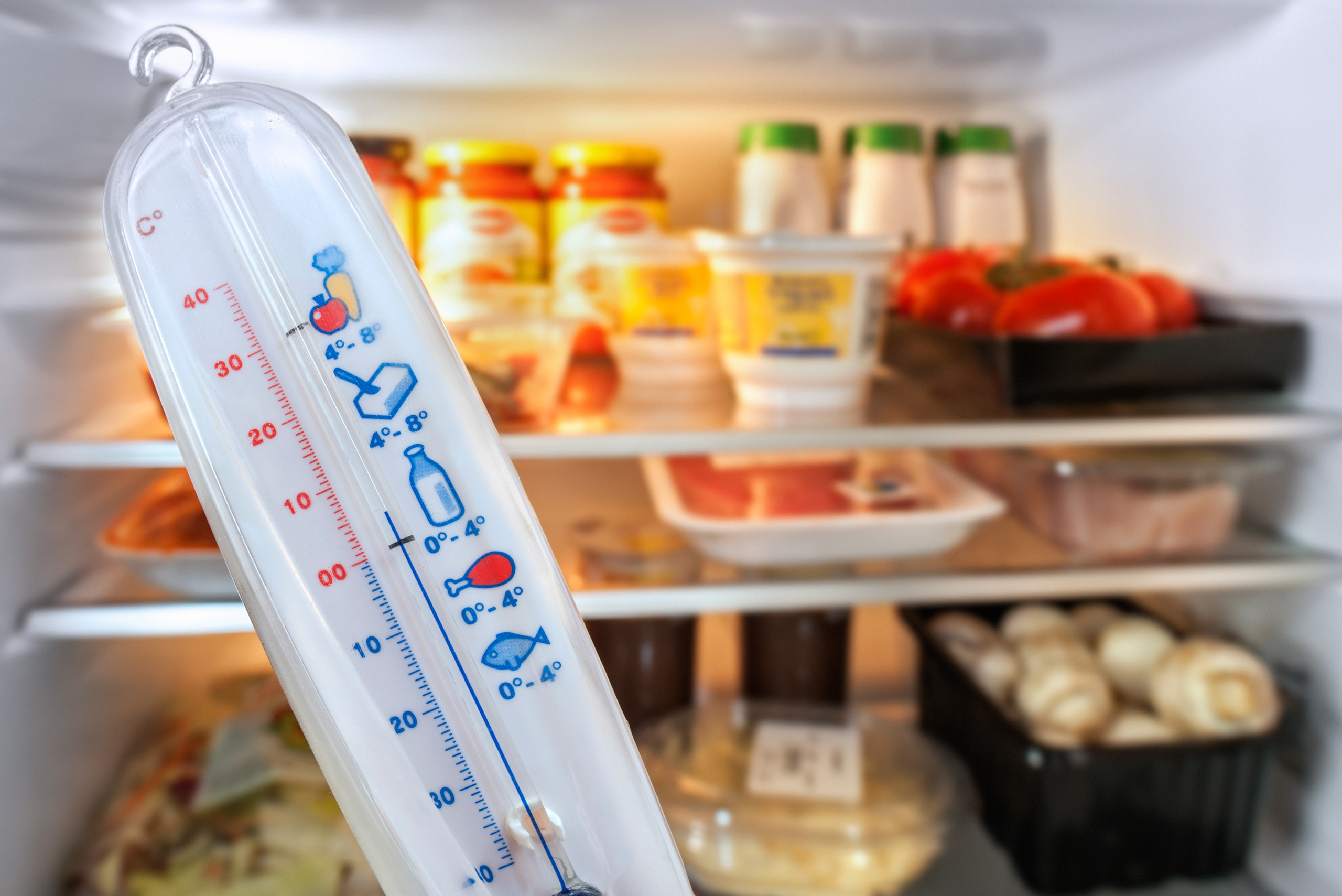
4. High Energy Bills Without Explanation
If your energy bills seem unusually high, your fridge’s temperature settings could be part of the problem. A fridge set too cold works harder than necessary, consuming more energy and wearing out its components faster.
To optimize efficiency, ensure the temperature is correctly set and that the door seals are in good condition. Leaky seals force the fridge to work overtime, leading to higher energy consumption and potential repairs.
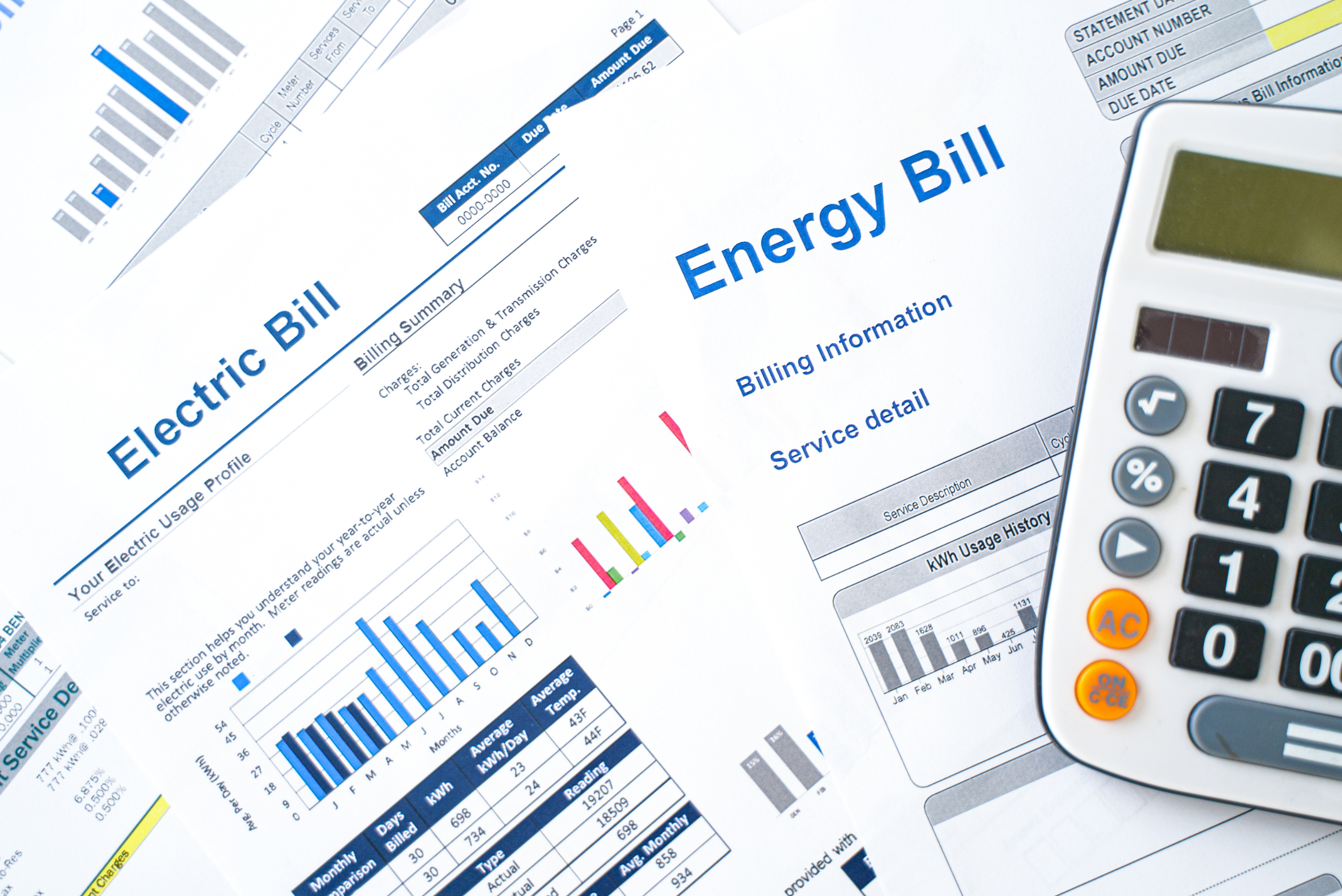
5. Condensation or Frost Buildup
Excess moisture inside your fridge or frost forming on the back wall can indicate temperature imbalances. If the fridge is too warm, humidity builds up, leading to mold growth and unpleasant odors. If it’s too cold, frost accumulation can block vents and reduce cooling efficiency.
Regularly inspect and clean the door seals to ensure a proper seal, and adjust the temperature settings if you notice condensation or frost issues. A well-maintained fridge runs more efficiently and keeps food fresher for longer.
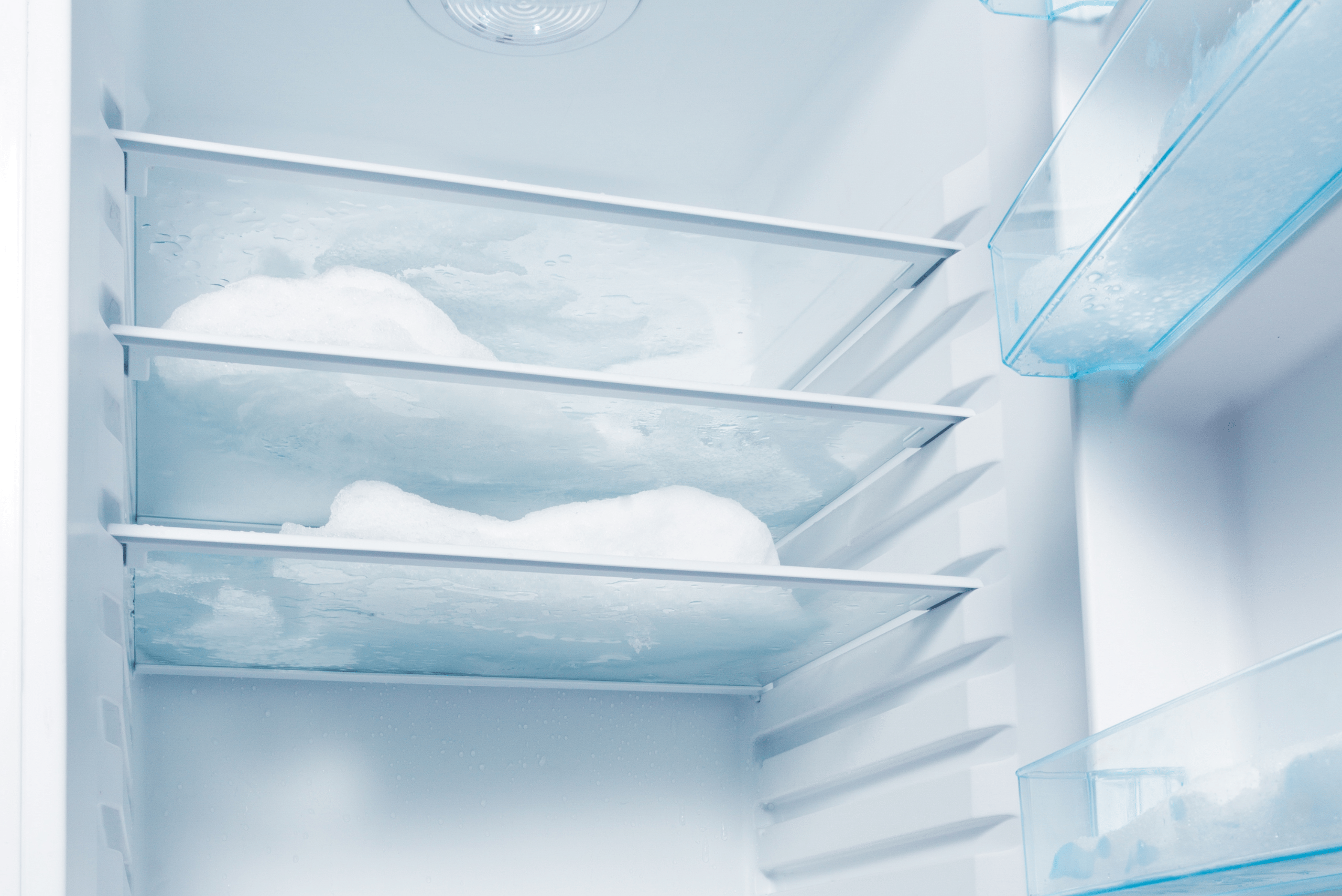
Related Articles
- The Most Common Expired Condiments Hiding in Your Fridge
- 4 Signs Your Fridge Might Be Leaking (and How to Fix It)
- How to Clean Under Your Appliances Without Moving Them
Keeping your fridge at the right temperature is essential for food safety, energy efficiency, and appliance longevity. If you notice food spoiling quickly, ice forming on fresh items or inconsistent cooling, it’s time to check and adjust your fridge settings. By regularly monitoring your fridge’s temperature and making small adjustments as needed, you can avoid unnecessary food waste, reduce energy costs, and ensure your fridge operates at its best. A simple thermometer and a little maintenance can go a long way in keeping your food fresh and your fridge running efficiently.


